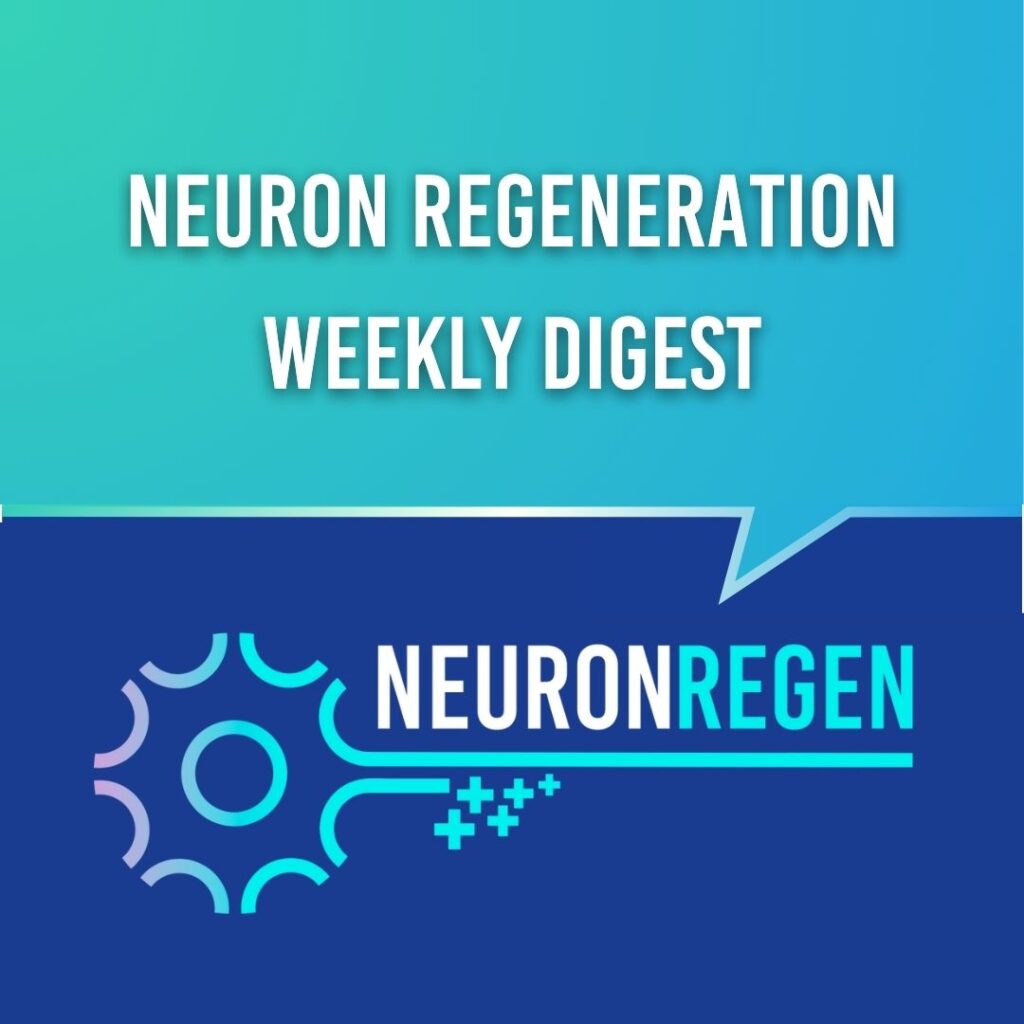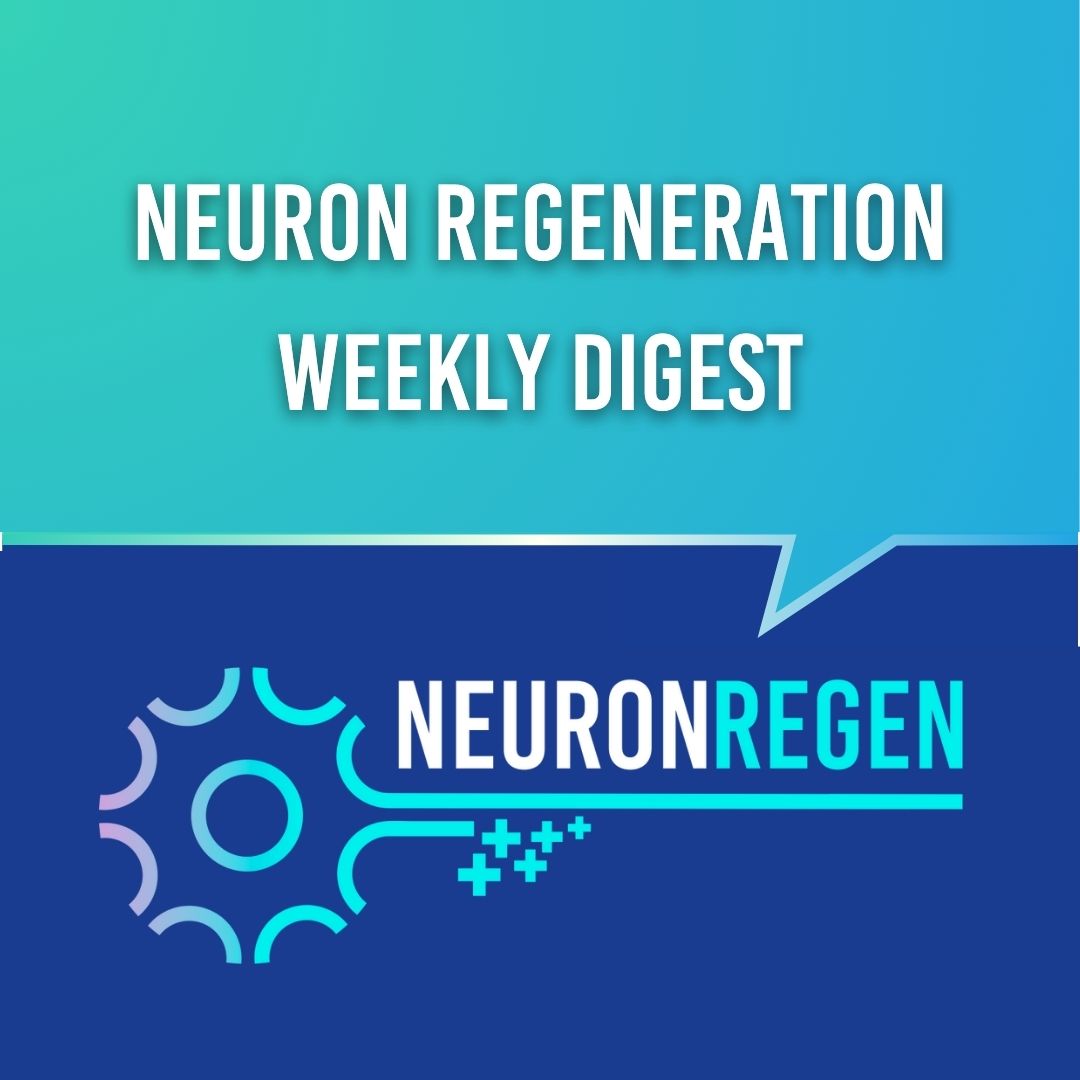Neurodegenerative diseases and injuries often leave patients and families with limited options, but research is steadily revealing new ways to tap into the body’s own repair systems. One study highlights a protein modification, O-GlcNAcylation, that acts as a kind of molecular switch, helping neurons stay healthy but tipping toward disease when out of balance. Another focuses on MFG-E8, a molecule that clears damaged cells and calms inflammation after stroke, creating conditions for better healing.
At the same time, scientists are finding safer approaches to spinal cord repair. Neural stem cell–derived exosomes—tiny vesicles packed with healing signals—were shown to block harmful cell death, reduce inflammation, and support motor recovery in mice. Together, these studies point toward a future where neurological care doesn’t just slow decline but actively supports repair, bringing hope for conditions once considered irreversible.

1. O-GlcNAcylation: A molecular switch linking brain health to neurodegeneration
A key protein modification, O-GlcNAcylation, helps maintain brain function but can drive neurodegeneration when imbalanced. By influencing protein behavior and cell signaling, it plays distinct roles in Alzheimer’s, Parkinson’s, ALS, and other conditions—highlighting its potential as a target for future therapies.
2. Bridging Inflammation and Repair: The Promise of MFG-E8 in Ischemic Stroke Therapy
A review highlights how MFG-E8, a glycoprotein involved in clearing damaged cells, can reduce brain inflammation, protect neurons, and promote repair after ischemic stroke. By targeting multiple injury pathways, it shows promise as a future therapy to improve recovery beyond current treatment limits.
3. Inhibition of neuronal necroptosis via disruption of RIPK1-RIPK3 Interactions: The role of neural stem cell-derived exosomes in spinal cord injury recovery
A new study highlights how neural stem cell–derived exosomes aid spinal cord repair by blocking necroptosis, a damaging form of cell death. In mouse models, these vesicles improved motor recovery, reduced inflammation, and protected neurons—pointing to their potential as a safer alternative to stem cell transplantation.
If you’d like to stay informed of the latest publications and breakthroughs in neuron regeneration, join our email newsletter to the right (or below on mobile). We send out weekly updates with the latest papers and studies, as well as podcast episodes with the people driving Neuroregenerative breakthroughs.

